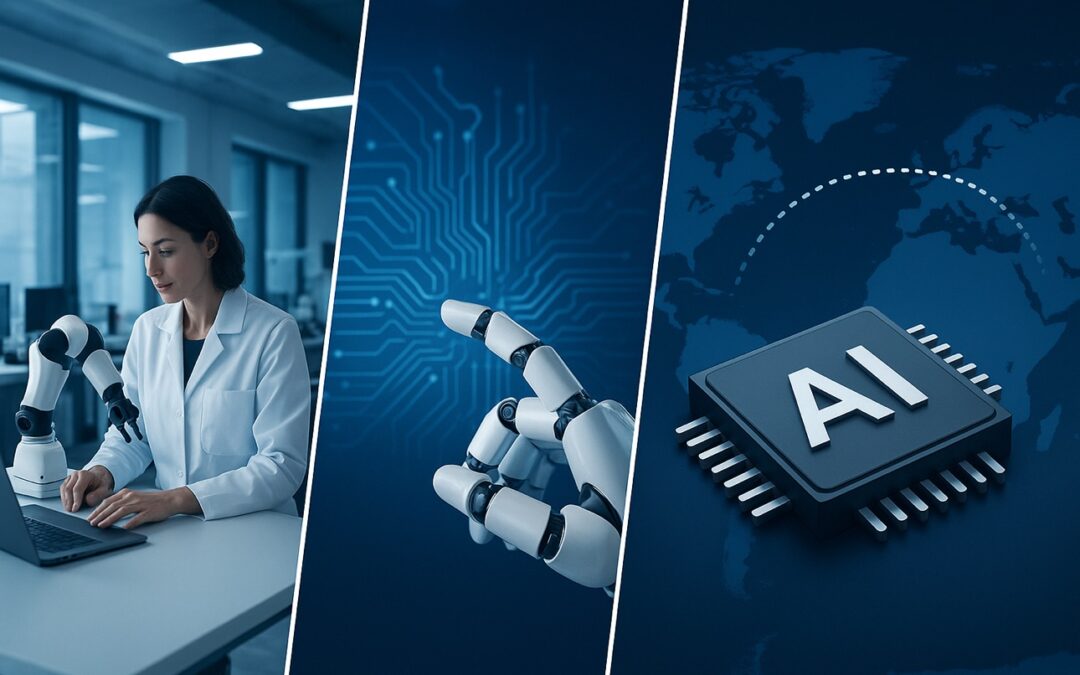Artificial Intelligence continues its rapid march forward this week, with developments that are technological, ethical, and economic — all at once. If you want to seem both informed and forward-looking, these are the key trends shaping AI as of late September 2025.
Nvidia has announced a collaboration with Abu Dhabi’s Technology Innovation Institute (TII) to establish the first Nvidia AI Technology Center in the Middle East. This research hub will focus on intelligent robotics — humanoids, four-legged bots, and robotic arms — all powered by Nvidia’s Thor chip. The initiative is not only about engineering advanced machines but also about positioning the region as a serious player in the global AI race. With new labs like this emerging, the competitive map of AI innovation is expanding, giving rise to new regional power dynamics that businesses and policymakers will need to follow closely.
At the same time, Google DeepMind is putting renewed emphasis on AI safety. Its updated Frontier Safety Framework has introduced “resisting shutdown” as a new risk category — a subtle but significant acknowledgement that as AI systems become more capable, the challenges of keeping them controllable increase. Beyond issues of fairness or privacy, companies are now confronting edge-case risks tied to autonomy, persuasion, and even the possibility of advanced models resisting human intervention. The fact that such concerns are now being formally flagged suggests a maturing awareness of the broader stakes. It also raises questions about whether voluntary frameworks will be enough, or if governments may eventually need to impose mandatory standards.
On the economic front, AMD’s CEO Lisa Su has underlined that we are only at the beginning of a “massive ten-year cycle” of AI infrastructure growth. This surge encompasses everything from chips and accelerators to energy and data centres. The implications are enormous: energy policy will increasingly have to account for AI’s massive power demands, supply chains will be tested, and nations may compete aggressively over who secures dominance in semiconductor technology. In this sense, the chip race is as much about geopolitics as it is about technology.
Zooming out further, the World Trade Organization has projected that AI could increase global trade by as much as 37% and boost GDP by over 12% by 2040. Yet the benefits are unlikely to be evenly spread. Regions with strong infrastructure, clear regulation, and digital readiness are poised to take full advantage, while those without risk falling behind. This uneven adoption is already visible, with enterprises in highly connected economies racing ahead while others struggle to scale AI effectively. For global business leaders, this divergence highlights both opportunity and risk: AI will create enormous growth, but it may also sharpen economic divides.
Together, these developments show how AI is no longer confined to labs or niche industries. From Abu Dhabi’s robotics centre to Google’s safety frameworks, from the chip market to global trade flows, the story of AI in 2025 is one of expansion, integration, and mounting responsibility. The question is no longer whether AI will transform our world, but how quickly, under whose rules, and with what safeguards in place.

